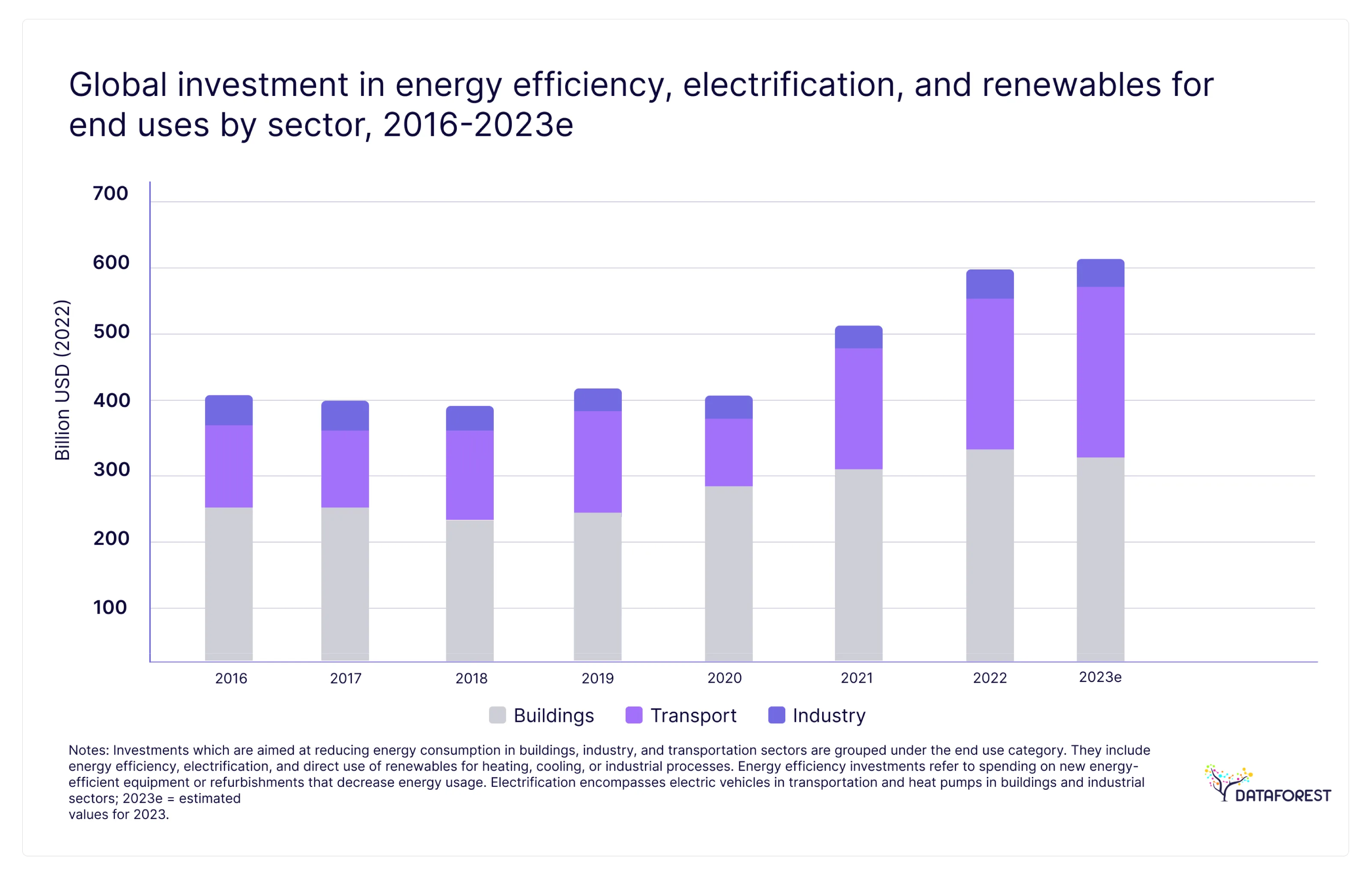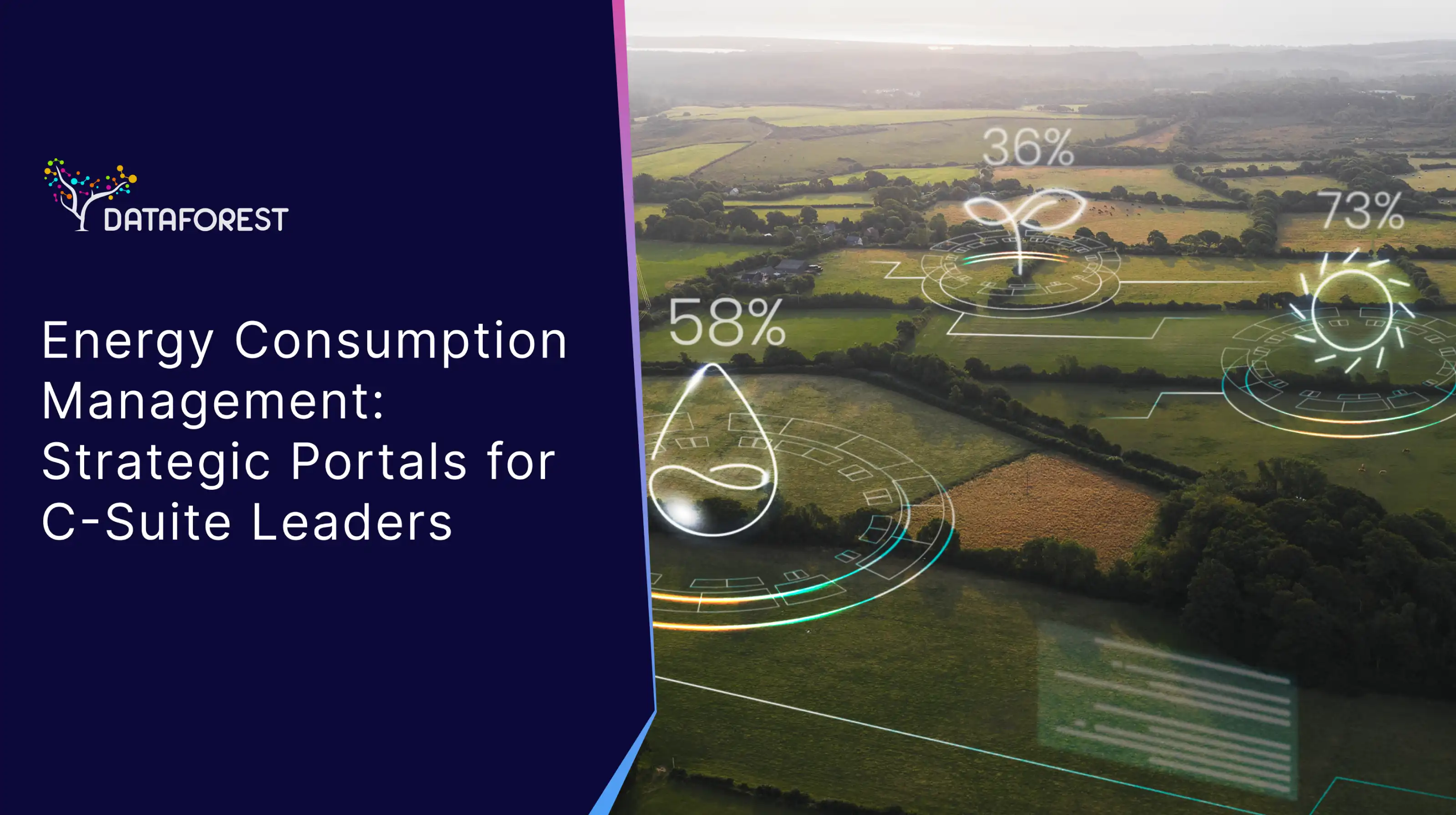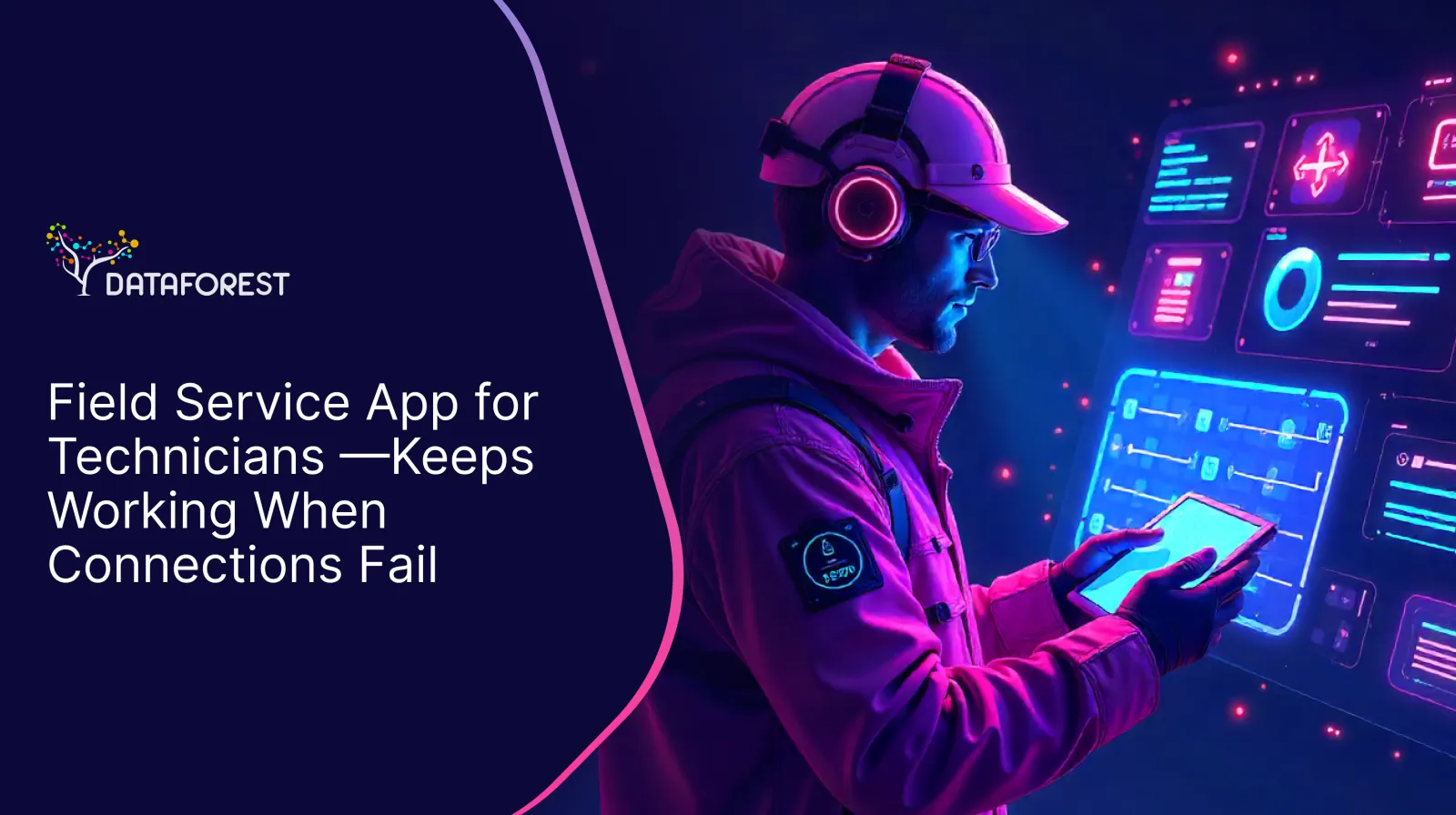In the executive suite, the conversation around energy has gone from a whisper to a roar. It’s no longer a line item you delegate; it’s a strategic imperative you own. Between volatile energy markets and the relentless pressure for authentic ESG reporting, energy consumption management has catapulted from the boiler room to the boardroom. The real challenge isn’t just seeing the problem—it’s getting the granular intelligence to master it. This is where the modern energy portal stops being a tool and becomes your command center.

Deconstructing the Modern Energy Portal
Think an energy portal is just a fancy way to view your utility bill? That's a dangerously outdated assumption. Today’s platforms are sophisticated data ecosystems that deliver a unified command-and-control view over your entire energy landscape.
Definition and Core Capabilities
At its heart, an energy portal is a software interface that lets you monitor, analyze, and control your organization’s resource usage. But an enterprise-grade platform is more like a financial trading desk for your kilowatt-hours. It excels at fundamental energy tracking, pulling data from digital meters and IoT sensors, then uses powerful analytics to transform that raw data into actionable data insights. It’s about control, automation, and reporting that speaks the language of the C-suite.
Its Evolving Role in Enterprise Strategy
The game has changed from tactical cost-cutting to strategic value creation. A modern portal provides the hard data to back up your sustainability claims, nail regulatory audits, and inform long-term capital investments. As studies from firms like McKinsey consistently show, proactive environmental management directly impacts the bottom line, a concept explored in depth in the transformative impact of AI in energy efficiency. The portal is the engine for this, turning abstract ESG goals into measurable results and powering everything from demand response programs that manage peak demand to smarter green energy procurement through automated optimization.
Cloud-Based vs. On-Premises Solutions
This choice has become straightforward. While on-premises solutions exist, they represent a legacy mindset of high capital costs and maintenance burdens. Cloud-based (SaaS) portals are the new standard, delivering unmatched scalability, secure mobile access, and a lower total cost of ownership. The real advantage? You’re buying into a platform of continuous innovation, not static hardware. For any agile enterprise, a cloud platform developed by an expert in AI-driven digital transformation is the only path forward.
Anatomy of a High-Performance Energy Portal for Business
Not all portals are built for the enterprise grind. A consumer-grade app will buckle under the complexity. You need a platform architected for scale, deep integration, and actionable intelligence.
Real-Time Energy Monitoring
Forget waiting for last month's bill to see what went wrong. Real-time monitoring puts you on the factory floor, virtually, watching power consumption second-by-second. You see a spike, you know exactly which machine caused it, and you fix it now. It’s about building a reflex for efficiency.
Custom Dashboards and Visual Analytics
And since raw data is just noise, a world-class energy dashboard acts as your interpreter. A well-designed user dashboard translates raw usage data into one clear story, visualizing consumption trends and showing exactly where your money is going—and how to get it back.
Multi-Site and Multi-Meter Integration
For any business with more than one location, this is mission-critical. A powerful portal normalizes data from a sprawling portfolio, allowing you to benchmark facilities and identify your operational all-stars. The best practices discovered in one location can then be scaled across the enterprise, multiplying energy savings.
Role-Based Access and Client Interfaces
Think of it like an aircraft's cockpit. Your CEO sees the altitude and destination, while the engineer monitors engine performance. A great utility interface does the same, giving every user a clean, custom view with zero distractions. It's not a security feature; it's a focus tool that drives meaningful user engagement.
Alerts and Predictive Maintenance Recommendations
This is where the platform pays for itself. Instead of waiting for a critical HVAC unit to die on the hottest day of the year, the system’s machine learning catches the subtle energy patterns of a struggling component weeks in advance. It’s the difference between a scheduled $500 fix and a catastrophic $50,000 failure with downtime. You stop being a firefighter and become a forecaster, which is the core promise of predictive maintenance powered by sensor data.
Integration with Smart Devices and IoT
Your building is a symphony of smart devices. The portal is the conductor. It must seamlessly orchestrate everything from climate control systems to industrial sensors through comprehensive device monitoring. This is like home automation on an industrial scale—a holistic integration that unlocks sophisticated energy optimization strategies.
API and ERP Integrations for Large Enterprises
In a modern enterprise, data that stays in one system is dead data. An energy portal without a robust API is a glorified spreadsheet. It must plug directly into your ERP and financial software, automating processes like billing reconciliation and breaking down the walls between operations and finance—a key tenet of advanced custom ERP solutions for utilities and large enterprises.
The Strategic Business Imperatives of Advanced Energy Management
Adopting a user portal for energy supply and consumption management is a strategic move that pays dividends across the board—impacting profits, compliance, and your brand.
Cost Reductions Through Optimization and Forecasting
This is the most obvious win. The EPA suggests most buildings can slash energy costs by 30%. A portal gives you the tools to find that money by optimizing equipment schedules (load management) and forecasting your grid usage to avoid peak rates. Better yet, advanced platforms use machine learning for demand forecasting, letting you lock in better energy contracts.
Regulatory Compliance and ESG Reporting
The regulatory vise is tightening. Mandates for climate and sustainability disclosures require auditable data on your energy footprint. The platform’s dedicated reporting tools automate this painful process, delivering accurate, consistent data that makes ESG reporting painless and defensible.
Enhancing Operational Efficiency Across Departments
Smart energy management creates a ripple effect of efficiency. Finance gets better data for budgets. Operations can fine-tune production processes. Maintenance shifts from reactive to predictive, cutting downtime. Everyone wins when your energy behavior is aligned with your business goals, a central concept in the transformative impact of AI in energy efficiency.
Strengthening Corporate Sustainability Initiatives
Talk is cheap, especially when it comes to sustainability. A powerful ESG narrative—one that attracts premier talent and capital—is built on hard data, not marketing fluff. Your portal delivers that proof. It’s your ledger of integrity, allowing you to manage your use of renewable sources, set audacious goals, track them publicly, and report your wins with unshakeable confidence.
Competitive Differentiation Through Energy Transparency
In today’s market, operational excellence isn't just an advantage; it's how you make your competitors irrelevant. You can differentiate your brand by demonstrating superior energy stewardship, and for property managers, offering tenants their own electricity usage portal is a premium amenity.
Industry Applications and Use Cases
The value of energy portals is universal, but it crystallizes differently across sectors.
- Retail & Multi-Location Chains: Centralize control, enforce corporate standards, and benchmark locations to scale best practices.
- Manufacturing & Industrial: Tie energy use directly to production lines. This is the bedrock of industrial digital transformation, optimizing your most energy-hungry processes.
- Data Centers: Monitor Power Usage Effectiveness (PUE) in real time to optimize cooling and slash one of your biggest operational costs.
- Smart Buildings & Real Estate: Accurately sub-meter tenants and market your properties as verifiably "green" and efficient.
- Utilities & Service Providers: Offer white-label portals as a value-added service to increase customer loyalty, mirroring the resource-monitoring principles from this water utility platform case study.
Selecting the Right Energy Management Portal for Your Enterprise
Choosing the right platform is a high-stakes decision. Here’s how to get it right.
Key Evaluation Criteria for Enterprises
When you evaluate platforms, cut through the vendor noise and ask the hard questions. Can it drink from any data firehose you throw at it? Does it offer real predictive analytics or just glorified charts? Is the interface design intuitive, or will your team need a manual to get anything done? And most importantly, does the vendor get your business? Don't buy a product. Select a partner, like the team at Dataforest, who has already solved these problems for your industry.
Must-Have Features for Scalability and Security
Insist on a cloud-native architecture, top-tier security certifications (SOC 2 or ISO 27001), granular access controls, and an open API. Ask about their innovation roadmap—if they aren’t heavily invested in machine learning, they’re already behind.
Questions to Ask Potential Vendors
- How do you guarantee your data is clean and accurate?
- Show me a case study from a company of our scale in our industry.
- What does success look like for your clients one year after implementation?
- How will your platform help us turn data into verifiable dollars saved?
Customization and White-Label Capabilities
This customization ensures the platform integrates into your team's workflow so seamlessly it doesn't feel like a separate tool—it just feels like the way you manage energy.
Charting Your Path Forward: Implementation and Integration
A successful launch isn't just about flipping a switch. It's a carefully planned campaign that can span several weeks or months. Get your IT and security experts in the room from the very first meeting. Their buy-in is non-negotiable for a secure, frictionless integration. Don't skimp on training and change management. To get real value from your new monitoring tools, you must show your teams how it makes their work more impactful.
Beyond Monitoring: A New Paradigm for Energy Strategy
The line is being drawn. The businesses that dominate the next decade will be the ones who weaponize their data. The rest will be left behind. If you're ready to stop just paying your energy bill and start commanding your energy strategy, then it's time to have a serious conversation with a team of experts.
Frequently Asked Questions (FAQ)
How accurate is the real-time data and how frequently is it updated?
Seconds. The data is piped directly from your meters, updated in near real-time. It's revenue-grade accurate, meaning no more guesswork from last month's bill.
Can the portal handle predictive analytics for future energy planning?
Yes, and it's a game-changer. The best platforms use machine learning to analyze historical data, weather, and operational schedules to forecast future demand. This is essential for smart budgeting and resource allocation, and it's a core component of modern machine learning in data science services.
Is mobile or remote access available for energy monitoring?
Absolutely. Any platform worth considering is built with a responsive design for full access and control from your phone, tablet, or laptop, wherever you are.
Can different departments or roles within the company have customized access and dashboards?
This is non-negotiable for an enterprise. Role-based dashboards ensure your executives see the 30,000-foot financial view while your engineers get the ground-level performance metrics they need.
What are the security standards for protecting our energy and operational data?
Demand top-tier certifications like SOC 2 Type II or ISO 27001. This is your assurance that the vendor uses robust encryption, audited access controls, and other measures to lock down your critical operational data.
How does the portal integrate with our existing Building Management System (BMS) and ERP software?
Through open APIs and standard industry protocols. A good integration allows for a seamless, two-way conversation between systems, so energy data can inform financial planning automatically.
How does the system help with identifying energy waste from specific appliances or equipment?
By using sub-metering, the portal isolates the consumption of individual appliances or machines. Its analytics engine then acts like a watchdog, automatically flagging abnormal energy patterns—like equipment running at 3 AM—that point directly to waste.






.webp)
.webp)














